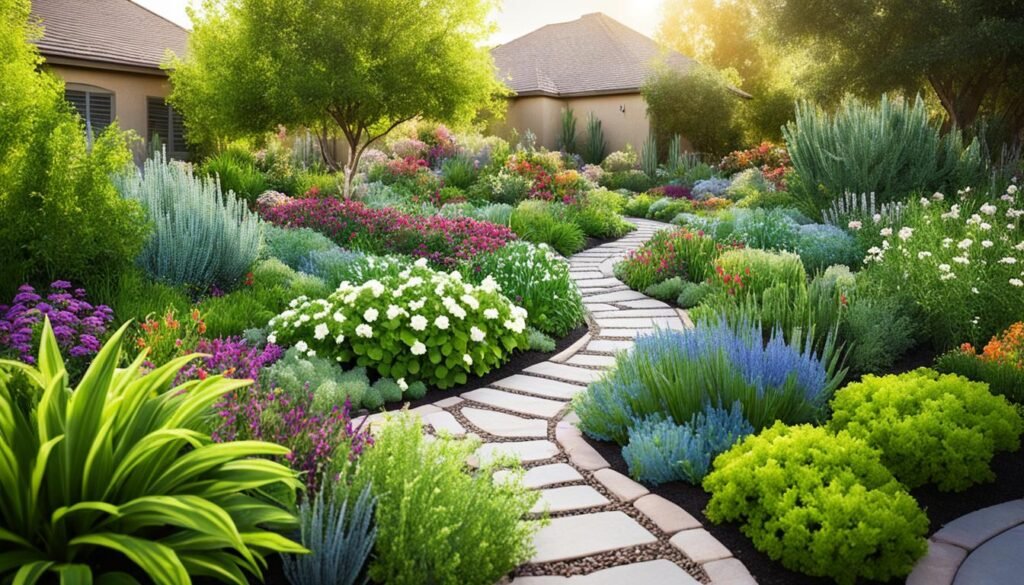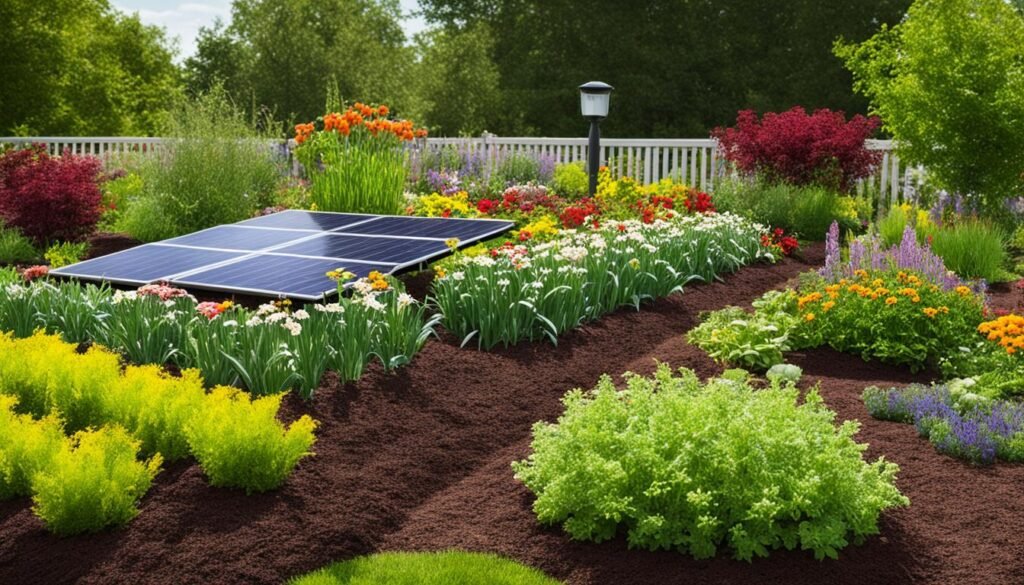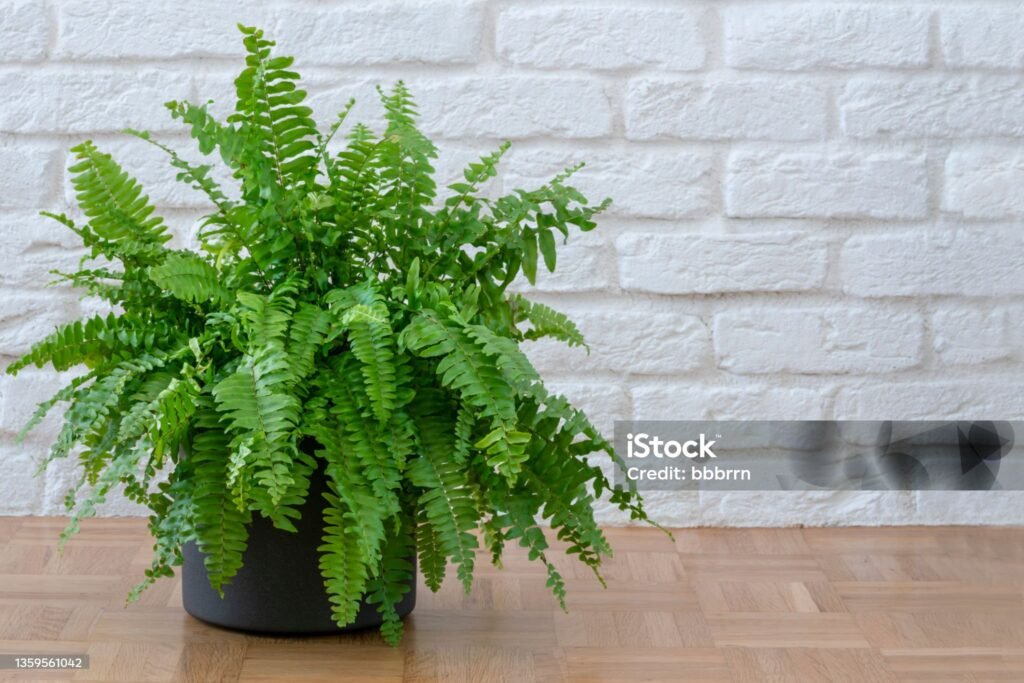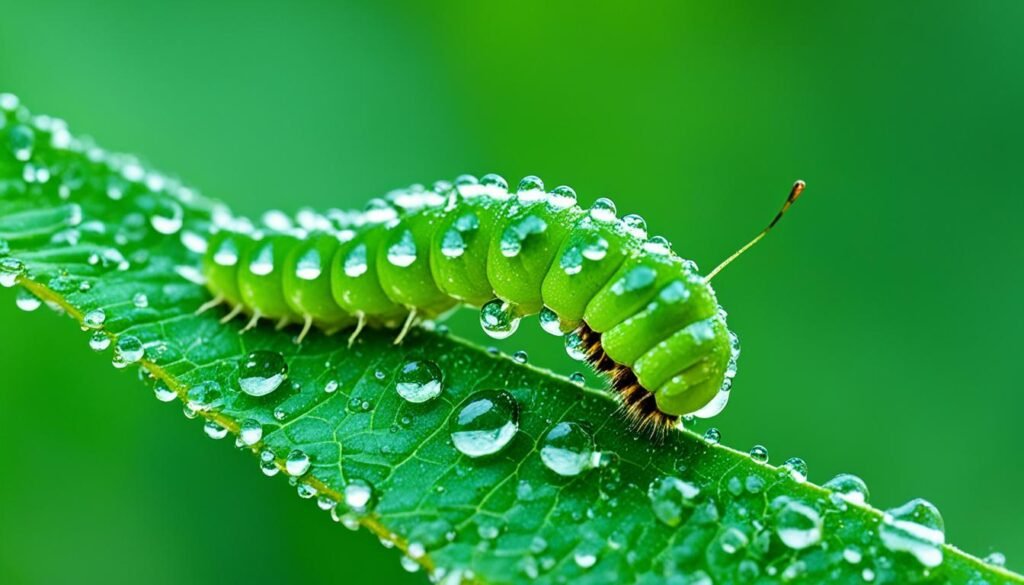Gardening enthusiasts, prepare to embark on a journey towards a lush, thriving, and eco-friendly oasis in your own backyard. This comprehensive guide will explore the essential principles, practices, and techniques for cultivating a Thriving Garden that is in harmony with nature. By understanding the Organic Gardening and Sustainable Horticulture approach, you will learn how to create a balanced Garden Ecosystem that fosters biodiversity and regenerative growth.
At the heart of this guide lies the exploration of Permaculture Principles – a holistic design system that mimics the patterns and relationships found in nature. Through the adoption of Low-Impact Gardening methods and Regenerative Gardening practices, you will discover how to nourish your soil, select the right plants, and implement water-wise techniques that contribute to the overall health and resilience of your garden oasis.
Understand the Essence of a Thriving Garden
Cultivating a thriving garden is not merely about aesthetics; it’s about fostering a vibrant, Organic Gardening ecosystem that promotes sustainability and environmental harmony. At the core of this endeavor are the principles of Sustainable Horticulture, which serve as the foundation for a resilient and self-sustaining Garden Ecosystem.
Principles of Organic and Sustainable Horticulture
Organic gardening emphasizes the use of natural, renewable, and biodegradable resources, minimizing the reliance on synthetic chemicals and promoting the health of the soil, plants, and surrounding environment. Sustainable horticulture, on the other hand, focuses on long-term, eco-friendly practices that ensure the garden’s productivity and longevity. These principles include:
- Maintaining soil health through the use of organic matter and natural fertilizers
- Encouraging biodiversity by planting a diverse array of native and Companion Planting species
- Implementing water-efficient irrigation techniques and conserving natural resources
- Employing Organic Gardening methods for pest and disease management
- Incorporating permaculture principles to mimic natural ecosystems
Cultivating a Balanced Garden Ecosystem
Embracing the principles of organic and sustainable horticulture helps create a thriving Garden Ecosystem that is in harmony with nature. By fostering biodiversity, nurturing the soil, and implementing regenerative practices, gardeners can establish a self-sustaining system that supports the growth and resilience of their plants, attracts beneficial organisms, and minimizes the need for external inputs.
Through this holistic approach, gardeners can ensure their Organic Gardening efforts lead to a bountiful and Sustainable Horticulture harvest, while also contributing to the overall health and balance of the local environment.
Mastering Soil Health
Healthy, nutrient-rich soil is the foundation for a thriving garden. Understanding the importance of soil health and implementing sustainable practices to enrich it can make all the difference in your gardening journey.
Importance of Nutrient-Rich Soil
Nutrient-rich soil is essential for plants to thrive. It provides the necessary minerals, organic matter, and microbial activity that plants require for robust growth, disease resistance, and optimal nutrient absorption. By focusing on building and maintaining a healthy soil ecosystem, you can ensure your garden’s long-term success.
Composting and Natural Fertilizers
Composting and the use of natural fertilizers are two powerful tools for enhancing soil health. Composting helps to increase soil organic matter, improve soil structure, and foster a diverse community of beneficial microorganisms. Natural fertilizers, such as those derived from plant and animal sources, deliver a balanced array of essential nutrients without the harmful chemicals found in synthetic alternatives.
| Soil Health Practices | Benefits |
|---|---|
| Composting | Increases soil organic matter, improves soil structure, and supports beneficial microorganisms. |
| Natural Fertilizers | Provide a balanced array of essential nutrients without harmful chemicals. |
By mastering the principles of soil health, you can create a thriving, nutrient-rich foundation for your garden, setting the stage for a bountiful and sustainable growing season.
Selecting the Right Plants
Creating a thriving garden begins with selecting the right plants. By choosing heirloom seeds and native plants, gardeners can ensure their garden is well-suited to the local climate and ecosystem, leading to healthier, more resilient plants and a more sustainable landscape.
Heirloom Seeds and Native Plants
Heirloom seeds are open-pollinated varieties that have been passed down through generations, preserving the unique flavors, colors, and characteristics of the original plants. These seeds are often more resistant to pests and diseases, and they can thrive in a wide range of soil and climate conditions. Native plants, on the other hand, are species that have naturally evolved to flourish in a specific region, making them well-adapted to the local environment.
By incorporating both heirloom seeds and native plants into your garden, you can create a diverse, self-sustaining ecosystem that supports local wildlife, reduces the need for chemical inputs, and produces bountiful harvests of flavorful, nutrient-rich produce.
Companion Planting Strategies
Companion planting is a technique that involves strategically placing different plants together to enhance their growth and deter pests. For example, planting marigolds alongside tomatoes can help repel harmful insects, while interplanting lettuce and carrots can help the carrots grow straighter and the lettuce stay cool and crisp.
By employing companion planting strategies, gardeners can minimize the need for synthetic pesticides and create a more balanced, resilient garden ecosystem. This not only benefits the plants but also supports local pollinators and other beneficial organisms, contributing to the overall health and biodiversity of the garden.
| Heirloom Seeds | Native Plants |
|---|---|
| Open-pollinated varieties passed down through generations | Species that naturally thrive in a specific region |
| Offer unique flavors, colors, and characteristics | Well-adapted to local climate and soil conditions |
| More resistant to pests and diseases | Support local wildlife and pollinators |
| Contribute to a diverse, self-sustaining garden ecosystem | Require fewer chemical inputs for maintenance |
Companion Planting for a Thriving Garden
In the pursuit of creating a lush, thriving garden, the art of Companion Planting is a sustainable technique that harnesses the natural synergies between different plant species. By strategically combining plants, gardeners can deter pests, attract beneficial insects, improve nutrient cycling, and cultivate a harmonious ecosystem.
Companion Planting is a core principle of Organic Gardening and Sustainable Horticulture, enabling gardeners to work in harmony with nature rather than relying on harmful chemicals. This approach not only enhances the overall health and productivity of the garden but also contributes to a more eco-friendly and resilient landscape.
The Power of Plant Partnerships
The key to successful Companion Planting lies in understanding the unique characteristics and needs of each plant. By pairing complementary species, gardeners can create a mutually beneficial relationship that promotes growth, pest control, and nutrient exchange. For example, planting marigolds alongside tomatoes can deter pests, while intercropping legumes and grains can improve soil fertility through nitrogen fixation.
- Attract beneficial insects like ladybugs, lacewings, and hoverflies to naturally control pests
- Repel unwanted guests like aphids, cabbage moths, and cucumber beetles with strategically placed plants
- Enhance nutrient cycling and soil health by combining plants with different root depths and nutrient requirements
By embracing the principles of Companion Planting, gardeners can cultivate a thriving, self-sustaining ecosystem that supports a diverse array of plant and insect life. This holistic approach to gardening not only produces bountiful harvests but also contributes to the long-term sustainability of the land.
Permaculture Principles for Sustainable Gardening
Discover the power of permaculture principles to transform your garden into a thriving, self-sustaining oasis. By embracing the natural patterns and cycles found in nature, you can create a resilient and regenerative gardening system that minimizes waste, conserves resources, and fosters biodiversity.
Mimicking Nature’s Patterns
One of the core tenets of permaculture is to mimic the intricate web of relationships found in natural ecosystems. This means designing your garden to function as a closed-loop system, where the output of one element becomes the input for another. For example, composting your food and yard waste to produce nutrient-rich soil amendments, which in turn nourish your plants, creating a continuous cycle of growth and renewal.
Closed-Loop Systems and Regenerative Practices
- Implement water-harvesting techniques, such as rainwater collection and gray water systems, to conserve and recycle precious water resources.
- Incorporate perennial and self-seeding plants that reduce the need for annual tilling and replanting, building soil health over time.
- Integrate companion planting, where different species are grown together to enhance each other’s growth and deter pests, mimicking the diversity found in natural ecosystems.
By embracing Permaculture Principles, Sustainable Gardening, and Regenerative Gardening practices, you can create a Closed-Loop Systems that work in harmony with nature, ensuring the long-term viability and ecological balance of your garden.
Water Conservation and Management
Water is a precious resource, and effective management is crucial for a thriving garden. By implementing efficient irrigation techniques and adopting water conservation strategies, gardeners can reduce water usage, minimize waste, and ensure their plants receive the right amount of moisture to thrive.
Efficient Irrigation Techniques
Proper irrigation can make a significant difference in water usage and plant health. Consider the following efficient irrigation techniques to optimize water management in your garden:
- Drip irrigation: Install a drip irrigation system that delivers water directly to the roots, minimizing evaporation and ensuring targeted hydration.
- Soaker hoses: Use soaker hoses to slowly and steadily water plants, reducing water waste and promoting deeper root growth.
- Timed watering: Implement a timed watering system that delivers water during the coolest parts of the day, when evaporation rates are lower.
- Rainwater harvesting: Collect and store rainwater in barrels or cisterns for later use, reducing the need for municipal water sources.
By adopting these efficient irrigation techniques, gardeners can significantly reduce water consumption while maintaining a thriving and sustainable garden.
| Irrigation Technique | Water Efficiency | Benefits |
|---|---|---|
| Drip Irrigation | Up to 90% water efficient | Minimizes evaporation, targets plant roots |
| Soaker Hoses | Up to 80% water efficient | Slowly hydrates plants, promotes deeper root growth |
| Timed Watering | Up to 80% water efficient | Reduces evaporation by watering during cooler times |
| Rainwater Harvesting | Reduces municipal water usage by up to 50% | Provides a free, sustainable water source for the garden |

Integrated Pest Management
Maintaining a thriving, healthy garden requires a holistic approach to pest management. One such approach is Integrated Pest Management (IPM), a strategy that prioritizes natural, organic solutions over synthetic pesticides. By exploring a range of effective, eco-friendly methods, gardeners can prevent and control pests while promoting the well-being of their garden ecosystem.
Organic Pest Control Methods
In the realm of Integrated Pest Management and Sustainable Horticulture, organic pest control methods offer a balanced and environmentally-friendly solution. These techniques harness the power of natural predators, barriers, and targeted treatments to manage pests without relying on harsh chemicals. Let’s delve into some of the most effective organic pest control strategies:
- Encouraging beneficial insects: Attract ladybugs, lacewings, and other natural predators that feed on common garden pests.
- Utilizing physical barriers: Install row covers, mesh netting, or sticky traps to physically block or trap unwanted insects.
- Applying organic pesticides: Use plant-based or mineral-derived solutions, such as neem oil or diatomaceous earth, to target specific pests.
- Implementing companion planting: Strategically place plants that repel or distract pests, like marigolds or basil, around your garden.
- Practicing crop rotation: Regularly changing the location of your plants can disrupt pest life cycles and prevent infestations.
By embracing these Organic Pest Control methods, gardeners can maintain a thriving, Integrated Pest Management system that supports the overall health and sustainability of their garden ecosystem.
Low-Impact Gardening Techniques
Embracing low-impact gardening is a crucial step towards creating a thriving, sustainable horticulture ecosystem. By adopting these eco-friendly practices, gardeners can minimize their environmental footprint and contribute to the overall health and resilience of their outdoor oasis.
One key aspect of low-impact gardening is reducing resource consumption. This can be achieved through efficient water management, such as implementing drip irrigation systems and collecting rainwater. Gardeners can also explore composting and organic mulching techniques to nourish the soil naturally, reducing the need for chemical fertilizers.
Another important principle of low-impact gardening is regenerative gardening. This approach aims to mimic natural ecosystems, promoting biodiversity and closed-loop nutrient cycles. By incorporating companion planting and permaculture principles, gardeners can create a thriving, self-sustaining garden that requires minimal external inputs.
To further reduce the environmental impact, gardeners can explore organic pest control methods and integrated pest management strategies. These practices prioritize the use of natural, non-toxic solutions, minimizing the reliance on harmful chemicals.
By embracing these low-impact gardening techniques, gardeners can enjoy a lush, productive outdoor space while contributing to a healthier, more resilient environment. It’s a win-win situation for both the gardener and the planet.

Thriving Garden: Fostering Biodiversity
A thriving garden is more than just a visually appealing space; it’s a vibrant ecosystem that supports a diverse array of plant and animal life. By embracing the principles of organic gardening and sustainable horticulture, gardeners can cultivate a garden ecosystem that fosters biodiversity and promotes a healthy, balanced environment.
One key strategy for enhancing biodiversity is to provide habitats for beneficial insects and pollinators. This can be achieved by incorporating a variety of native plants that cater to the specific needs of these crucial garden inhabitants. From nectar-rich flowers to sheltered nesting sites, a diverse garden can become a sanctuary for a wide range of species, supporting the natural food web and contributing to the overall health of the ecosystem.
Strategies for Nurturing Biodiversity
- Incorporate a diversity of native plants that are well-suited to the local climate and soil conditions.
- Provide habitats for beneficial insects and pollinators, such as bees, butterflies, and ladybugs.
- Avoid the use of synthetic pesticides and instead embrace organic pest control methods that preserve the delicate balance of the garden ecosystem.
- Implement permaculture principles that mimic natural systems, promoting closed-loop nutrient cycles and minimizing waste.
- Prioritize water conservation and efficient irrigation techniques to support a thriving, sustainable garden.
By fostering a diverse garden ecosystem, gardeners can not only enjoy a visually stunning and productive landscape but also contribute to the preservation of local biodiversity. This holistic approach to organic gardening and sustainable horticulture is a vital step in creating a more resilient and ecologically balanced future.
Conclusion
In this comprehensive guide, we’ve explored the essential elements for cultivating a thriving, eco-friendly garden. By understanding the principles of organic gardening and sustainable horticulture, mastering soil health, selecting the right plants, and implementing permaculture-inspired techniques, you can create a flourishing, resilient oasis in your own backyard.
Embrace the journey towards a more sustainable, regenerative, and biodiversity-rich garden that nourishes both you and the environment. Unlock the full potential of your outdoor space by embracing nature’s cycles, fostering a balanced ecosystem, and practicing water-wise irrigation techniques.
With a commitment to thriving garden practices, you can transform your garden into a vibrant, self-sustaining haven that benefits the planet and enriches your life. Let your garden be a testament to the power of living in harmony with nature, one that inspires and empowers others to join the movement towards a greener, more resilient future.
FAQ
What are the core principles of organic and sustainable horticulture?
The core principles of organic and sustainable horticulture include creating a balanced garden ecosystem, emphasizing soil health, choosing appropriate plants, and implementing low-impact, regenerative gardening practices that work in harmony with natural systems.
Why is a balanced garden ecosystem important?
A balanced garden ecosystem supports biodiversity, encourages beneficial organisms, and promotes plant health and resilience. It mimics natural systems, reducing the need for synthetic inputs and fostering a thriving, self-sustaining garden.
How can I improve soil health in my garden?
Improving soil health involves practices such as composting, using natural fertilizers, and increasing organic matter. This helps to nourish the soil’s microbial community and provide plants with the essential nutrients they need to thrive.
What are the benefits of choosing heirloom seeds and native plants?
Heirloom seeds and native plants are well-adapted to local climates and ecosystems, often requiring fewer resources to grow and maintain. They also contribute to biodiversity and support native wildlife, creating a more resilient and self-sustaining garden.
How can companion planting benefit my garden?
Companion planting strategically combines different plant species to enhance overall plant health, deter pests, improve nutrient cycling, and create a more diverse, harmonious garden ecosystem.
What are some key permaculture principles for sustainable gardening?
Permaculture principles for sustainable gardening include mimicking natural patterns, creating closed-loop systems, and implementing regenerative practices that build soil health, conserve resources, and foster biodiversity.
How can I practice water conservation and efficient irrigation in my garden?
Water conservation strategies for the garden include using efficient irrigation techniques, such as drip systems or rainwater harvesting, and selecting drought-tolerant plants to minimize water usage.
What are some effective organic pest control methods for my garden?
Organic pest control methods include introducing beneficial insects, using physical barriers, and applying natural, non-toxic repellents. These approaches prioritize the overall health and balance of the garden ecosystem over the use of synthetic pesticides.
How can I implement low-impact gardening techniques?
Low-impact gardening techniques include composting, mulching, minimizing resource consumption, and adopting practices that work in harmony with natural systems, reducing your environmental footprint and promoting long-term sustainability.
How can I foster biodiversity in my thriving garden?
To foster biodiversity, you can incorporate a diverse array of native plants, provide habitats for beneficial insects and pollinators, and support the natural food web within your garden ecosystem.

